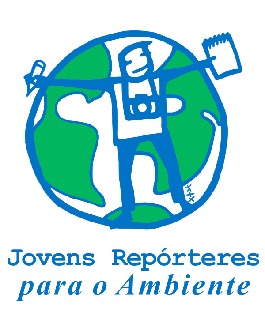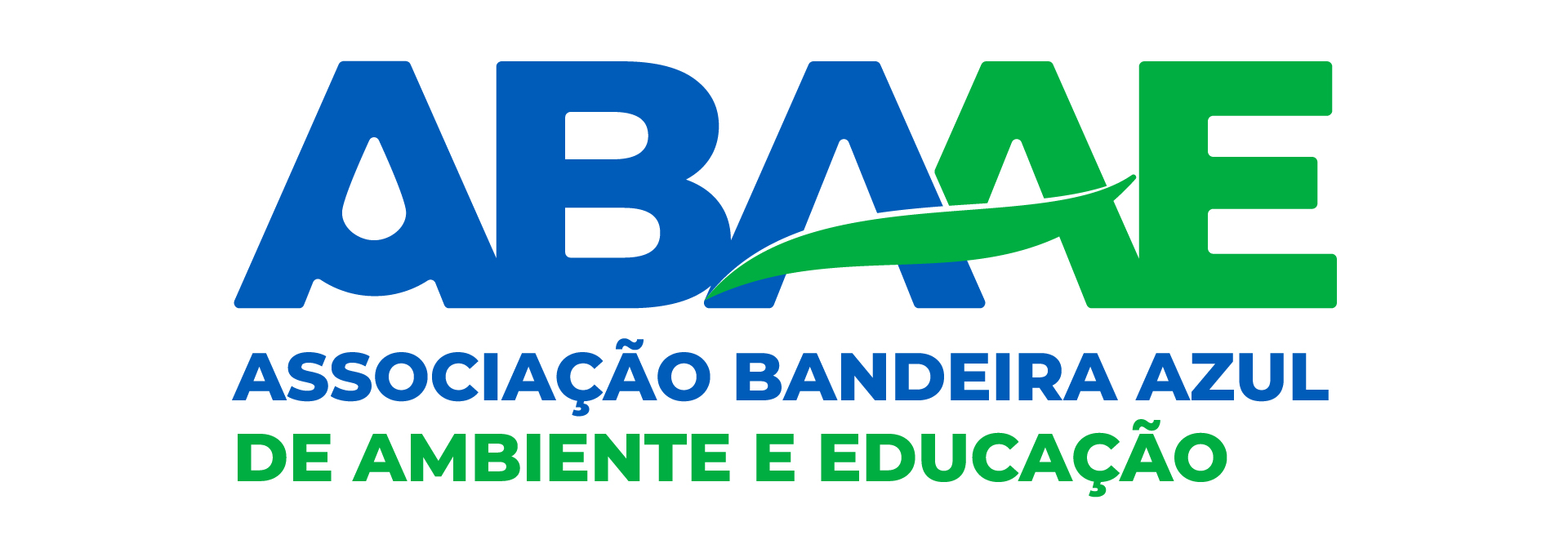Missão Internacional JRA Lourinhã 2025
Grupo 1: Mariana Reino, Pedro Santos, Soraia Almeida e Rony Quiteque
Esta missão YRE foi uma experiência única e que nos permitiu evoluir imenso enquanto pessoas e repórteres. Temas como alterações climáticas e a destruição da costa foram muito bem abordados pelos guias e habitantes locais da região.
Foi incrível ver cada um dos repórteres trazer as suas ideias e experiências a trabalhar em grupo e a sua junção resultar em muito bons resultados nas reportagens.
A missão Lourinhã 2025 foi um espaço de aperfeiçoamento pessoal de cada um dos jovens e estamos muito gratos por esta oportunidade. Por fim, gostaríamos de agradecer a todas as pessoas que nos acolheram tão bem nesta cidade e a todos os colaboradores da ABAAE por tornarem possível este tipo de atividade tão enriquecedora.
Grupo 2: Emília Sobral, Rosa Quadros, Margarida Figueiredo e Mariana Martín
Começámos o dia por volta das 8:00 para tomar o pequeno-almoço no refeitório da pousada da Areia Branca. O pequeno-almoço estava nos conformes, apesar de não haver grande variedade de alimentos para consumir. Participámos numa aula de surf pela manhã nas escolas da Global Surf e Ripar onde nos divertimos bastante e aprendemos as bases do surf. Após o almoço tivemos um tempo para descontrair e conviver.
Na parte da tarde, visitámos as dunas da Lourinhã acompanhados por 3 funcionárias da Câmara Municipal da Lourinhã. Por fim, finalizámos o dia na produção dos nossos artigos e fotorreportagens sobre o dia e preparação para a apresentação dos nossos trabalhos.
Grupo 3: Ana Beatriz Nobre, Eduarda Alves, Liva Kaulina, Matilde Serra e Lukas Vyhnalík
Today was fun for the whole group. The surfing lesson was super cool and we loved trying a new thing. The afternoon stroll on the pavement was also very pleasing. Overall, we think it was a good way to close the activities for the week.
Grupo 4: Mateus Encarnação, Mariana Lot, Afonso Recchia, Andreas Michalatos e Arsen Arzidis
Today our group enjoyed a fantastic journey walking through Lourinhã’s landscapes. What awaited us was a mix of discovery, hands-on learning and moments that left lasting impressions.
One of the first things we came across was a series of moth traps set up by scientists. At first glance, they were quite unremarkable, but their uses amazed us all. These traps ensnare moth populations that provide scientists valuable information on whether their numbers were expanding or contracting—a fascinating measure of ecosystem health. Moths, regardless of how small and undervalued they are, play a significant role in the food chain and even bring immense potential for undiscovered species. Their aids to nature’s equilibrium is astonishing considering how easily overlooked they are.
This really drove home just how interconnected every part of the environment is—and why protecting even the smallest creatures matters so much. It was also great that after a series of complications people had with building the original model of the moth trap they made an accessible model of it which is much easier to set up while also being quite cheap.
As we continued our walk through the forest, we unexpectedly came across two old watermills and a striking arch bridge. While the structures were undeniably captivating, what truly caught our attention was the cleverness behind it. The construction of the bridge, especially, became a topic of discussion.It was encouraging to consider how people in the past were able to combine human ingenuity with the natural world to produce something useful and sustainable. We realised then that environmental harmony and progress are not mutually exclusive and can actually coexist harmoniously.
Later, after the lunch we had in the hostel, we teamed up with the volunteers that are putting in tremendous work to protect the nearby river. Their enthusiasm was kind of “infectious” as they demonstrated the various methods they use to gather water samples and examine bioindicators —small organisms that as clues to the ecosystems health— Observing their work gave us a deep appreciation for the level of commitment involved in preserving biodiversity. It wasnt just about fighting pollution; it was about securing the future of this fragile environment.
This day served as a potent reminder to us that nature is a part of us and not just something we see. And the repercussions could be remarkable if each of us can do our part to preserve it. And we felt like real reporters during these two walks, taking photos along the way, asking questions and writing important material for our articles. The most important thing was to be in direct contact with nature and learn more about it. We also got to know better how the human footprint affects these environments and what the consequences are. It was very rewarding to be able to go on these walks in the middle of nature, where we were able to observe organisms and plants in their natural habitat. We felt that we learned a lot about different species of insects and plants. We believe that in order to protect, we need to have knowledge, and today allowed us to do just that.

